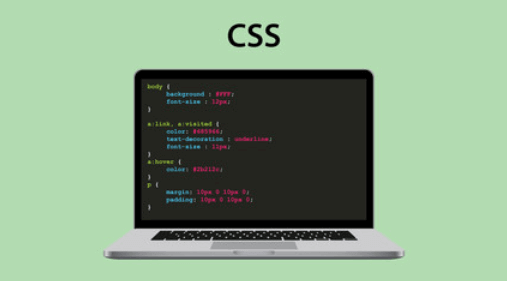Question
a.
Recursive language
b.
Context free language
c.
Regular language
d.
All of the mentioned
Posted under Regular Expressions Formal Languages and Automata Theory
Engage with the Community - Add Your Comment
Confused About the Answer? Ask for Details Here.
Know the Explanation? Add it Here.
Q. Regular expressions are used to represent which language
Similar Questions
Discover Related MCQs
Q. The set of all strings over ∑ = {a,b} in which strings consisting a’s and b’s and ending with in bb is
View solution
Q. If P, Q, R are three regular expressions and if P does not contain a then the equation R = R + RP has a unique solution given by
View solution
Q. Which of the following regular expression denotes zero or more instances of an a or b?
View solution
Q. The string (a)|((b)*(c)) is equivalent to
View solution
Q. How many strings of length less than 4 contains the language described by the regular expression (x+y)*y(a+ab)* ?
View solution
Q. Which of the following is true ?
View solution
Q. Let the class of language accepted by finite state machine be L1 and the class of languages represented by regular expressions be L2 then
View solution
Q. Which of the following is not a regular expression?
View solution
Q. Regular expression are
View solution
Q. Regular expressions are closed under
View solution
Q. Regular expression (x/y)(x/y) denotes the set
View solution
Q. Which of the following is same as the given DFA?
View solution
Q. Which of the given regular expressions correspond to the automata shown?
View solution
Q. Can the given state diagram be reduced?
View solution
Q. L is a regular Language if and only If the set of __________ classes of L is finite.
View solution
Q. A language can be generated from simple primitive language in a simple way if and only if
View solution
Q. Which of the following does not represents the given language?
Language: {0,01}
View solution
Q. According to the given language, which among the following expressions does it corresponds to?
Language L={xϵ{0,1}|x is of length 4 or less}
View solution
Q. Which among the following looks similar to the given expression?
((0+1). (0+1)) *
View solution
Q. Concatenation Operation refers to which of the following set operations:
View solution
Suggested Topics
Are you eager to expand your knowledge beyond Formal Languages and Automata Theory? We've curated a selection of related categories that you might find intriguing.
Click on the categories below to discover a wealth of MCQs and enrich your understanding of Computer Science. Happy exploring!








